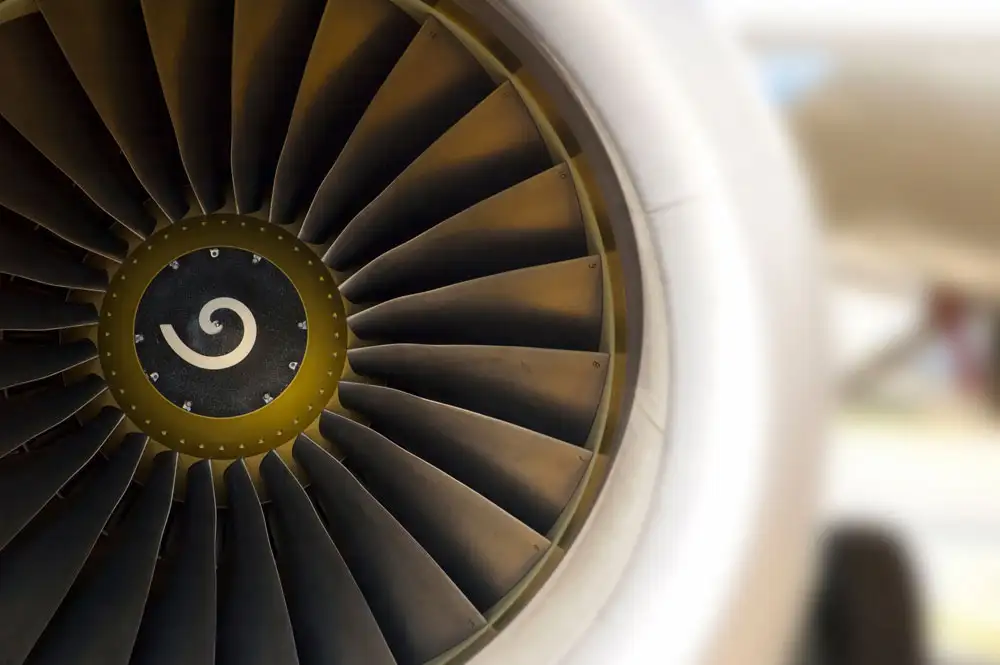Videos & Blogs

This is a really interesting question that we are asked a lot, but there isn’t a straight yes or no answer. For some organisations the cost (time and financial) of maintaining 2 ISO standards and paying the cost of 2..

If you are looking to bid for and win tenders, then ISO certification will have significant impact on your ability to be adopted as a supplier – especially if you are bidding for work in the Public Sector. The question..
Stay up to date with industry news, courses and offers
By subscribing, you consent to receive marketing emails from Batalas. Your data will not be forwarded to any third parties, and you can unsubscribe anytime.
By clicking ‘Sign up’ you agree to the Terms and Conditions and Privacy Policy.
More Resources to make your studies go further
With over 60 years experience, our expert team have a wealth of knowledge to share. From auditing tips to FAQ’s, we have a range of resources to support you.
Let’s level up your career together
Are you a new auditor looking for ISO training advice? Or do you want to build on existing auditing skills to boost your career?
Whatever your need, our experienced and knowledgeable Batalas team can guide you on the right training path to help you reach your professional goals.